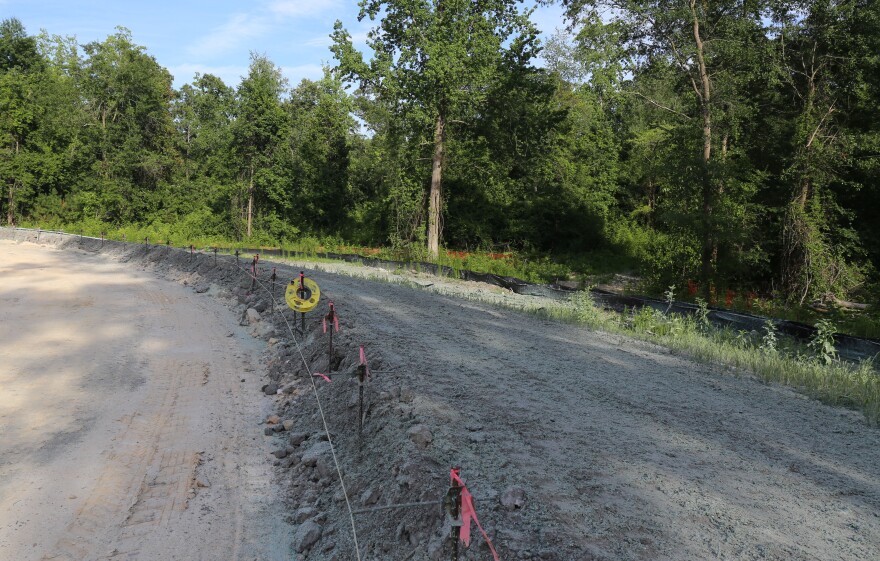Last October, a school was under construction in northeast Columbia. They weren’t expecting a massive flood, but it didn’t end up destroying their hard work. And that’s thanks to new construction techniques. While in the past, a flood like this would’ve destroyed their work, nowadays, they have methods to make use of the water. Vince Kolb-Lugo speaks with Thompson Turner Director of Construction, Scott Spigner, Richland County Councilman Gregg Pearce, and Gills Creek Watershed Association Board Member Alicia de Myhrer about using new construction techniques and green infrastructure to prepare the county for future floods, address water quality, and improve stormwater management.
From 1970 to 2015, Richland County’s population grew from about 230,000 to more than 380,000, a 63% increase in the number of residents. It wasn’t even the fastest growing county in South Carolina.
“Richland County at the time I was born consisted of the neighborhood of Shandon,” says Councilman Greg Pearce, “and Heathwood. But Lake Katherine and further out behind the Veterans Hospital were very undeveloped.” Pearce says much of northeast Columbia was farmland.

As the city grew, real estate development moved outward, and one way to enhance property value was to make it waterfront property. By 1970, lakes Katherine, Forest, Arcadia, Carey, Springwood, Windsor, and Upper Windsor covered the creek system. Fast forward to 2015, the lakes were contributing to stormwater management by receiving all the runoff from upriver.
“So we had a time bomb sort of waiting to go off,” says Pearce as he gives a layman’s history of development in the county. He chuckles as he adds, “But you know… who cared.”
All of the new communities, the businesses that serve them, and the roads that connect them changed the way water flowed the system.
“What we are finding is that when you pave a lot of surfaces, and we don’t slow down the water…what you have is polluted streams, and high velocity, lots of sediment, lots of suspended solids,” says Richland County Conservation Department directory Quinton Epps.
The Federal Water Pollution Control Act of 1948 was passed to address water pollution, but later revisions to the law greatly expanded its scope and power to control water contamination, becoming the Clean Water Act we know today.
Stormwater Management through Green Infrastructure
Another way of improving water quality is comprehensive stormwater management. According to Flood Loss Avoidance Benefits of Green Infrastructure for Stormwater Management published by the United States Environmental Protection Agency, applying green infrastructure to new development and redevelopment, as well as retrofitting existing sites, can produce significant losses during future events.


Additional Resources:



